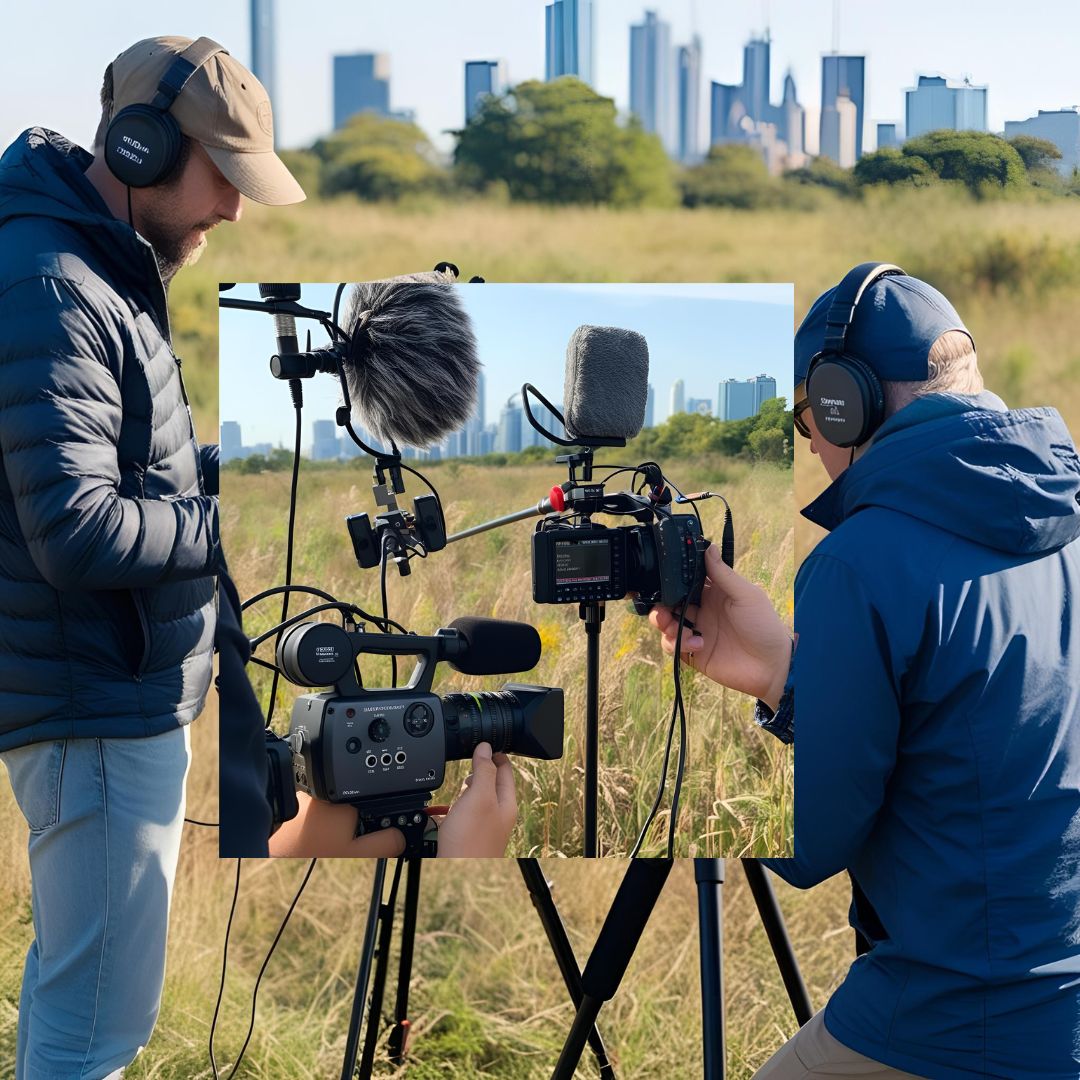Sound plays a crucial role in shaping any documentary, often being the invisible link that connects the viewer to the narrative in a visceral and emotional way. Through the strategic use of sounds, documentarians can transport the audience to different environments, intensify emotions, and even tell stories in a deep and engaging manner. The art of audio documentary is not limited to music or dialogue; it involves a meticulous exploration of ambient sounds, field recordings, and sound effects to create an immersive experience that goes far beyond what the eyes can see.
The Role of Sound in Emotional Immersion
Sound has a unique power to touch human emotions. In the context of documentaries, it is used to create an atmosphere that resonates with the viewer, amplifying the emotions portrayed in the story. A subtle ambient sound can be enough to induce a feeling of melancholy or rising tension, while a carefully chosen background music can intensify moments of joy, drama, or suspense.
Music is often used to set the tone of a scene or to evoke an immediate emotional response. However, it is ambient sounds and field recordings that truly have the ability to immerse the audience in a specific place or situation. The sound of footsteps in the snow, the whisper of the wind, or the distant hum of a crowd can place the viewer inside the action, making them feel as if they are living the experience alongside the characters.
Ambient Sounds: Building Atmospheres
One of the greatest tricks of the audio documentary is its ability to build atmospheres through ambient sounds. The soundscape is, in many cases, more than just the backdrop to a narrative; it becomes a character in itself. The choice of background sounds, such as car horns honking, birds chirping at dawn, or the noise of a factory in operation, helps create the necessary context for the story.
These sounds not only establish where the story takes place but also how it takes place. For example, in a documentary about city life, the sound of car horns, hurried conversations, and background music can illustrate the chaotic and fast-paced nature of the environment. In contrast, the soft sound of waves crashing on the rocks can be used to represent tranquility and introspection in a story set on an isolated beach.
Field Recordings: Authenticity in Documentary
Field recordings, which capture sounds directly from the environment without modifications, are one of the most powerful tools in audio documentary. They bring authenticity to the story, allowing the viewer to experience the reality of a place or event in a more direct way. Using field recordings allows for specific sounds of a locality — such as the call of a rare bird or the murmur of a market — to be heard clearly and unmistakably, establishing a stronger connection with the environment being narrated.
By capturing sounds in their raw form, filmmakers provide the audience with a sense of proximity to the documentary’s subject. This creates a richer sensory experience, where the viewer can, for example, hear the sound of an explorer’s footsteps in the forest, the murmur of a local market, or the sound of rain falling on an empty street. These recordings, often made on location, can turn a simple story into something incredibly visceral and tangible.
The Importance of Sound Effects in Narrative Construction
While ambient sounds and field recordings are essential for immersion, sound effects also play a crucial role in creating tension, humor, and drama. Sound effects can be used to simulate situations, heighten the perception of events, or even bring life to elements of the story that would otherwise go unnoticed.
For example, the sound of a creaking door can suggest mystery or imminent danger, while the ticking of a clock can create a sense of urgency and pressure. When used intelligently, these sound effects help direct the viewer’s emotions, amplifying the impact of key moments in the narrative.
In a documentary, sound effects can also be used to represent the voice of a person or group, even without words. The sound of a machine, a child’s cry, or the sound of firm footsteps can symbolize the strength of a character or the weight of a situation, without the need for explanatory dialogue.
The Challenge of Sound Subjectivity
One of the greatest challenges in using audio in documentaries is its subjective nature. Sound, much like music, has the ability to evoke emotional reactions that can vary from person to person. A sound that may be disturbing to one viewer may not have the same effect on another. This requires filmmakers to be extremely careful in selecting sounds to ensure that the desired impact is effectively communicated.
Additionally, sound is a tool that must be harmoniously combined with visuals. The precise synchronization between audio and image is crucial for the story to be told cohesively and engagingly. A failure to combine sound and image effectively can undermine the immersion and diminish the emotional impact of the work.
Sounds as Identity Elements
In the context of a documentary, sound is not only a technical tool; it can also be used as an identity element. Each documentary can create a “sonic signature,” which becomes a distinctive feature of the work. Specific sounds, such as a theme song or a recurring sound effect, can be used to reinforce the message of the documentary and create a sense of continuity and cohesion throughout the narrative.
Moreover, the choice of sounds can be used to highlight the cultural or geographical identity of a place or person. The sound of traditional instruments, such as an indigenous flute or an African drum, can transport the audience to a specific region, while a local dialect or a native language can reinforce the authenticity and cultural depth of the documentary.





